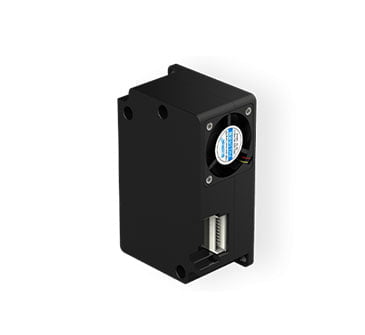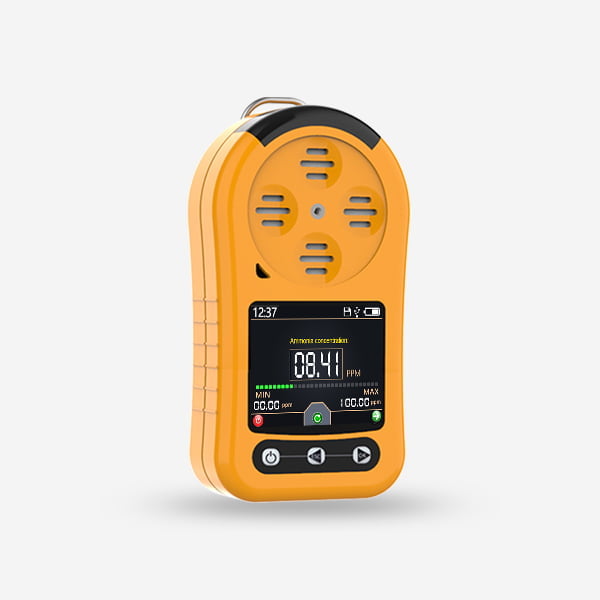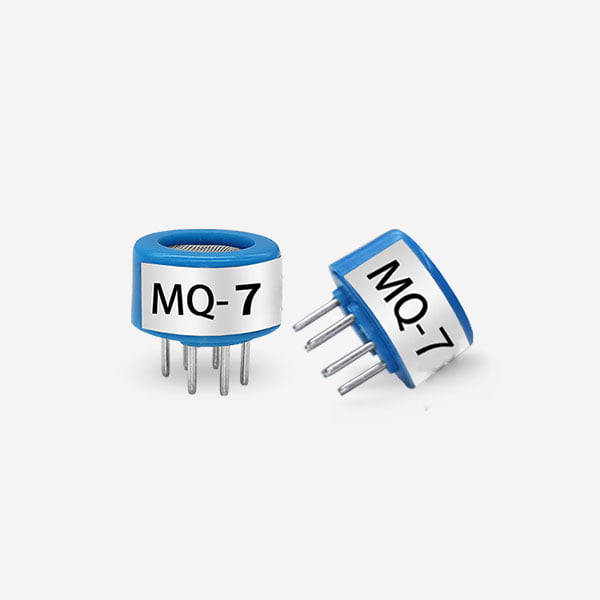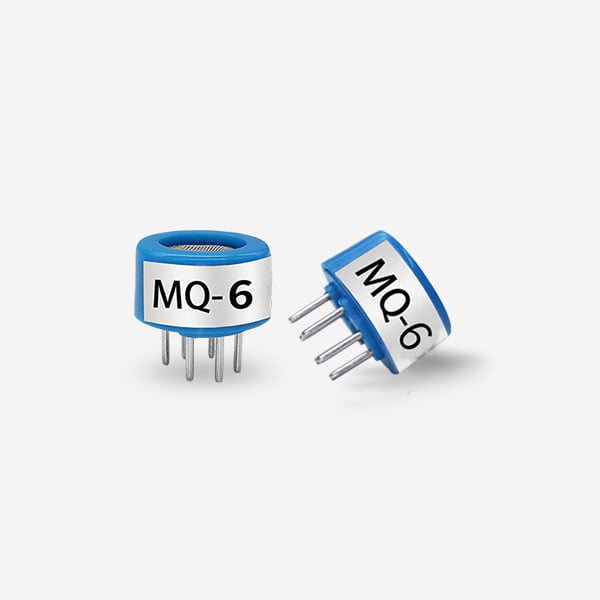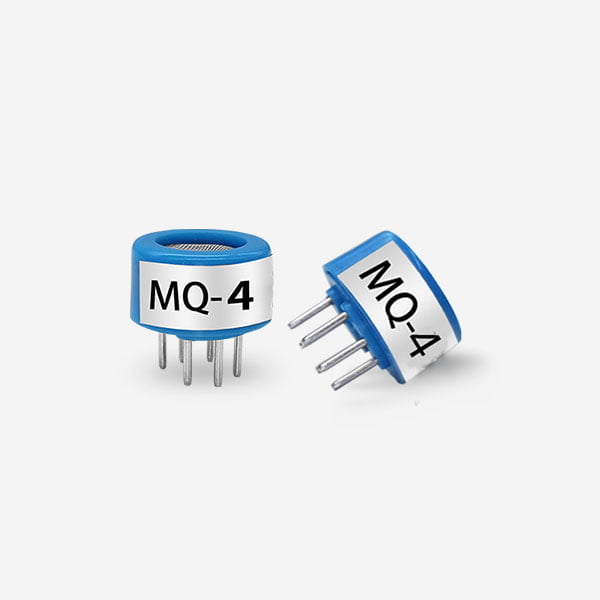Gas leak detectors are essential devices for identifying the presence of potentially hazardous gases in various environments, including homes, workplaces, and industrial facilities. Whether it’s natural gas, propane, or other combustible gases, a gas leak detector can provide early warnings and help prevent dangerous situations. In this article, we will explore the steps and best practices for using a gas leak detector effectively and safely.
Use the gas leak detector method
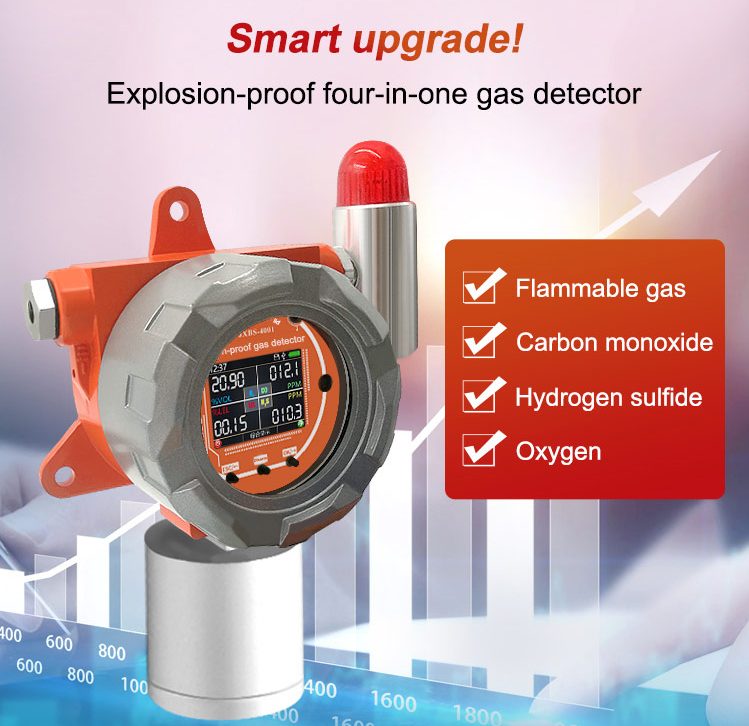
Selecting the Right Detector:
- It’s crucial to choose a gas leak detector that is suitable for the types of gases you need to detect. Some detectors are designed specifically for natural gas, while others are capable of identifying a broader range of combustible gases. Ensure that the detector you select matches the specific requirements of your environment.
Familiarize Yourself with the Detector:
- Before using the gas leak detector, carefully read the manufacturer’s instructions and familiarize yourself with the device’s features and operation. Understanding the detector’s sensitivity levels, alarm indicators, and power source requirements is essential for its effective use.
Preparing the Environment:
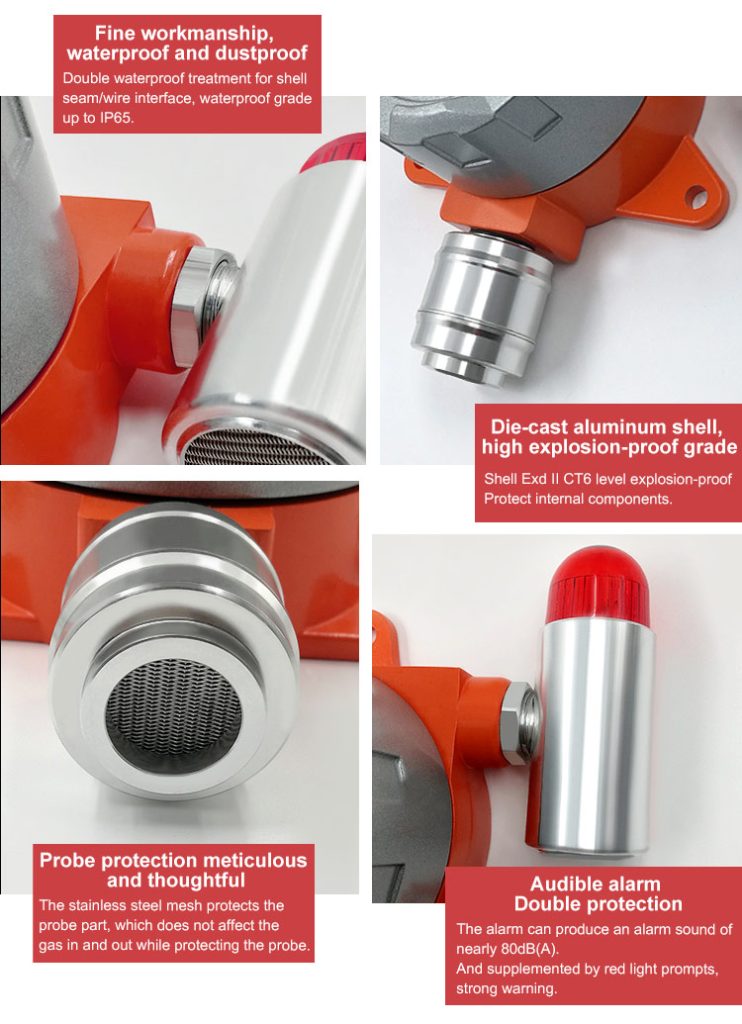
- Ensure that the area where you plan to use the gas leak detector is well-ventilated. Open windows and doors to allow fresh air to circulate, and turn off any gas-burning appliances or equipment to minimize background interference.
Powering and Calibrating the Detector:
- If gas leak detectors requires batteries or a power source, ensure that it is adequately powered. Some detectors may need calibration before use, so follow the manufacturer’s guidelines to perform this step if necessary.
Conducting the Detection:
- Slowly move gas leak detector along walls, pipes, fittings, and areas where gas leaks are likely to occur. Pay particular attention to areas around gas appliances, valves, and connections. If the detector has a flexible probe, use it to reach confined or hard-to-access spaces.
Interpreting the Results:
- As you move the detector, observe its display or listen for alarm signals. If the detector indicates the presence of gas, take immediate action. Evacuate the area, shut off the gas supply if it is safe to do so, and contact emergency services or a qualified technician to address the situation.
Regular Maintenance and Testing:
- To ensure the ongoing reliability of the gas leak detector, perform regular maintenance according to the manufacturer’s recommendations. This may include replacing batteries, testing the detector’s functionality, and calibrating it as needed.
Seeking Professional Assistance:
- If you are unsure about using a gas detector, it is always best to seek assistance from a qualified professional. Gas leaks can pose serious risks, and professional expertise is crucial for addressing such situations safely and effectively.
By following these steps and exercising caution, individuals can use gas leak detectors to enhance safety and mitigate the risks associated with gas leaks. Regular testing and maintenance of gas leak detectors are essential to ensure their continued effectiveness in protecting lives and property.
conclusion
In conclusion, gas leak detectors are valuable tools for detecting the presence of combustible gases and preventing potential hazards. When used correctly and in conjunction with proper safety measures, gas leak detectors contribute to creating safer environments in homes, workplaces, and industrial settings. Understanding how to use a gas leak detector empowers individuals to take proactive measures in gas leak detection and safety.
